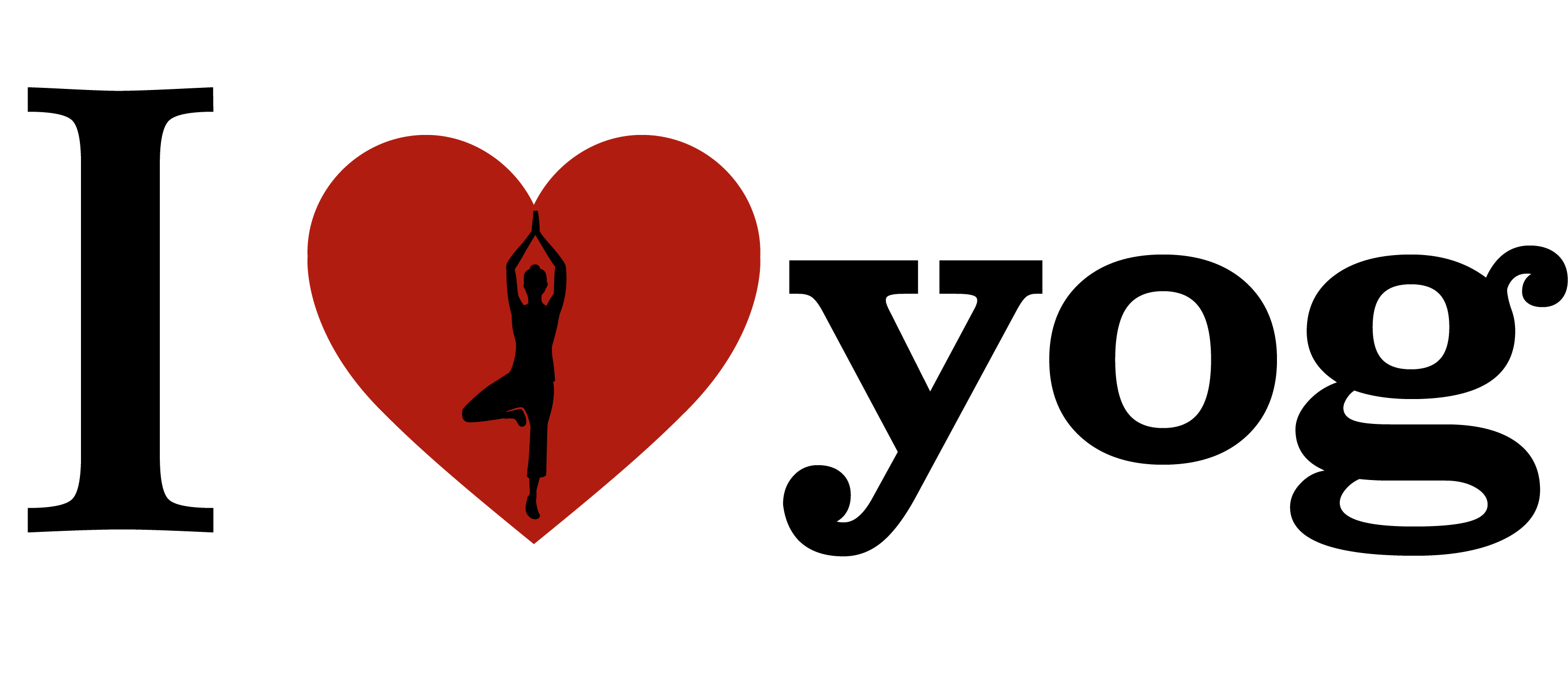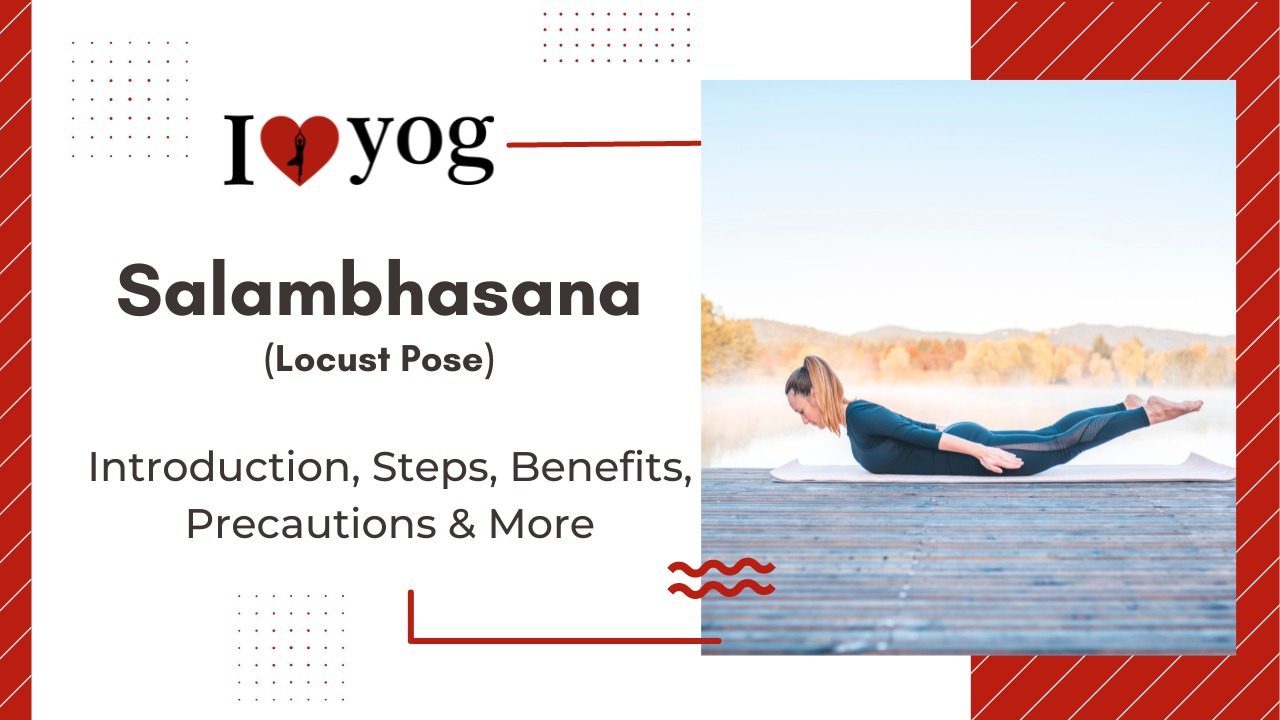What You Need to Know Before Attempting Salabhasana/locust Asana?
The Salabhasana pose should be performed on an empty stomach in the morning.
- Even if practiced in the evening or at any other time of day, the stomach, bladder, and bowel should be empty.
- If it is practiced at any other time of day outside the early morning, the practitioner should consume food 4 to 6 hours prior to practice. This will ensure that the stomach is empty by the time the individual assumes the posture, and the energy obtained from the food will aid in performing the pose with ease.
Preparatory poses:
- Bhujangasana,
- Urdhva Mukha Shvanasana,
- Gomukhasana
- Yogasana Level – Intermediate
- Yogasana Style – Backbend, Chest Opener
- Yogasana Repetitions –
- Yogasana Strengthens – strengthens your back muscles, particularly those that support your spine, vertebral column, arm, leg, and buttocks.
- Yogasana Stretches – Shoulder, sternum, thighs, and navel
Effect of Locust Asana on the tri dosha
Salabhasana restores Vata’s equilibrium and calms it.
Salabhasana assists in regulating and balancing the Prana Vayu, Udana Vayu, and Vyana Vayu. The synchronisation of these three Vata subtypes promotes normal blood and nutrient circulation in the body, oxygenation of all cells, and good energy. This equilibrium contributes to the decrease in stress and tension, and keeps the mind and senses calm. In addition, it will help you keep proper posture and balance.
Salabhasana maintains the equilibrium between Pachaka Pitta and Samana Vayu, hence controlling metabolism.
How to Perform Locust Yoga Asana
- Begin on your stomach with your feet together and your arms extended behind you with your palms facing down.
- Extend your big toes straight back and press down with each of your ten toenails to engage your quads.
- Rotate your inner thighs toward the ceiling to stretch your lower back.
- Keeping your hands lightly on the mat, raise your head, torso, and legs, with your inner thighs leading the way.
- Roll your shoulders back and upwards, away from the ground.
- Maintain a long back of the neck and focus in elevating your sternum rather than your chin.
- Don’t grip your glutes.
- To exit the position, progressively relax.
What Are The Advantages Of The Locust Yoga Posture/Asana?
- Locust Pose promotes posture and mitigates the negative effects of extended sitting and computer use.
- It may alleviate lower back pain, counteract slouching and kyphosis (abnormal curvature of the spine), and strengthen abdominal muscles.
- Develops your back muscles, particularly those that support the spine.
- This will also improve your breathing, which is energetic.
- Holding the position tones your core muscles, gluteus, hamstrings, adductors, and calves.
- It is believed that this pose improves digestion.
Contraindications And Warnings Regarding Locust Pose/Asana?
- This pose is not recommended for pregnant women, people with back, neck, or shoulder injuries, or those who have just undergone stomach surgery.
- If you feel any discomfort in your back, neck, or shoulders throughout the pose, release it until you feel comfortable.
What Is the Science Behind Locust Pose/Asana?
Salabhasana requires back and abdominal strength as well as mental tenacity to maintain. Concentrate on elongating your spine and properly dispersing the back bend throughout your upper, middle, and lower back. No flexion of the lumbar region! Engaging all of your back muscles, as opposed to simply your lower back muscles, will help to open your chest and shoulders. Those of us who spend the majority of our days bent over computers will find that building muscle and expanding their chest not only feels good, but also improves their posture.
Tips for Beginners on Locust Pose/Asana?
Beginners occasionally struggle to maintain the lift of the body and legs in this pose. Begin the stance with your hands on the ground, slightly behind your shoulders and closer to your waist. Inhale and softly press your hands into the ground to assist in lifting your upper torso. Then, maintain the hands in place as you perform the posture, or after a few breaths, once the chest lift has been created, swing them back into the position described in step 3 above.
Advanced Changes in Pose
Half locust Pose:
If you find it difficult to simultaneously lift your upper and lower body, lift only your upper body to prepare and focus on your upper back muscles. You can interlace your hands behind your back, or you can simply reach your hands back without interlacing them.
Locust Pose: One Leg at a Time:
This variation of Salabhasana is beneficial for persons with back pain or sacrum issues since it strengthens the lower back muscles and can rebalance secrum issues that are unbalanced.
After establishing a sensation of length in your beginning posture, maintain the alignment of your hips on the floor as you inhale and enter the pose. Roll your head and chest up a few inches, raise your arms parallel to the floor or maintain them on the floor, and lift your right leg up a few inches while lengthening both legs toward your toes.
Locust Pose: Chest Support (Legs on the Floor):
This variation of Salabhasana is simpler for individuals with upper chest stiffness and weakness, and it is also an excellent option for focusing on chest opening.
Before assuming the pose, place the bolster crosswise at the level of your mid-breastbone and bring your arms alongside your chest behind you. Then, inhale while rolling your head and chest up into a backbend position, lifting your arms parallel to the floor or keeping your hands on the floor, and widening your collarbones side to side. Maintain your legs on the ground, but contract and stretch them.
Exhale and release your chest, head, and arms, then drape them over the bolster to exit the pose. Take a few deep breaths before repeating.
Locust Pose: Legs Only:
This variation of Salabhasana lets you concentrate on strengthening your legs and buttocks because your chest, head, and arms remain on the ground. Having your hands on the floor provides additional support and may help you achieve greater leg lift.
Inhale as you elevate your legs a few inches off the floor while keeping your torso, arms, and chin or forehead on the ground. Attempt to swing the legs an inch or two higher by pressing your hands into the ground.
Exhale and release your legs, returning to the starting position, to exit Salabhasana. Before repeating, turn your head to one side and take a few deep breaths.
Corresponding Yoga Poses/Asanas –
Follow-up poses:
- Dhanurasana,
- Ustrasana, Sarvangasana,
- Setu Bandha Sarvangasana
Reference:-


